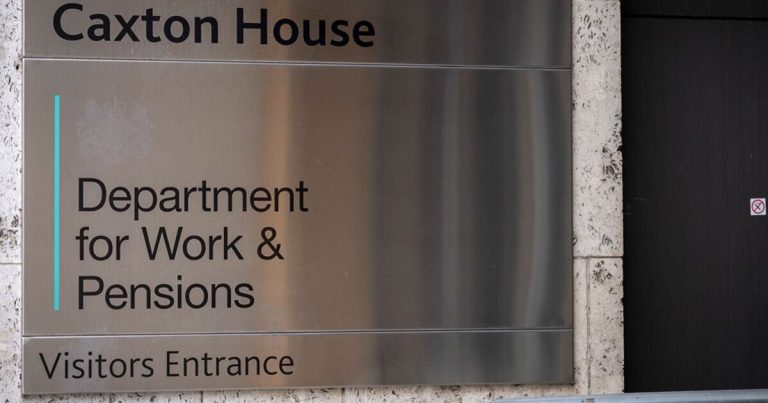

Regional planners have again narrowed their recommended alternatives for a possible train tunnel through Del Mar.
San Diego Association of Governments officials said Tuesday they support four likely routes based on a value analysis study released last week that looked at 16 options for the tunnel.
The new recommendations essentially are variations on three alternatives announced last June in the notice of preparation released for the project’s environmental impact report. The large public response to the notice, more than 1,500 comments, prompted SANDAG to do the value analysis study for a further evaluation of all options.
SANDAG officials presented the results of the study along with their recommendations at a meeting Tuesday of the 22nd District Agricultural Association, also known as the Del Mar fair board, which runs the Del Mar Fairgrounds.
The study and the recommendations will be presented to the SANDAG board of directors at a public meeting Feb. 28, where the board is expected to choose a single preferred alternative to be examined further.
The preferred alternative will be the basis for an environmental impact report required by the state or an environmental impact statement for the federal government, or possibly a combination of both. SANDAG officials are still trying to work out that process, and said it could take up to three years to complete the final document.
“We are just in the early days,” said Keith Greer, deputy director of environmental compliance and climate.
The fair board listened to the SANDAG report, but took no stance on which route is best.
However, the board voted to suspend its negotiations with Del Mar city officials regarding a plan to build the city’s state-mandated affordable housing on the fairgrounds because of Del Mar’s position on the tunnel.
Del Mar’s residents and its City Council have advocated a tunnel under the fairgrounds as a way to avoid going under their city of less than 4,000 residents. Their concerns include noise, vibrations, the transportation of hazardous materials, and effects on street traffic, local businesses and property values.
Fairgrounds officials have said drilling the tunnel beneath their property would halt activities such as the San Diego County Fair, the annual thoroughbred horse races and other revenue-producing activities for nearly a decade. Also, construction activities would occupy fairgrounds space needed for the housing.
“This is a route that would render a significant portion of the fairgrounds unusable for years … estimates are up to nine years,” said fairgrounds CEO Carlene Moore. “This places our organization at risk of insolvency.”
The four possible tunnel routes recommended this week include one that goes around most of the fairgrounds and along Interstate 5.
All four have been slightly adjusted from previous suggestions, and any single route selected as a preferred alternative could be changed further as the design and engineering processes proceed.
About 1.7 miles of the historic railroad is built atop the eroding coastal bluffs in Del Mar. Officials say it is essential to reroute that segment of the tracks before it falls into the ocean.
The route is part of the 351-mile Los Angeles-San Diego-San Luis Obispo, or LOSSAN, corridor used by Amtrak, Coaster commuters and BNSF freight trains. It is San Diego’s only rail connection to Los Angeles and the rest of the United States.
The four alternative routes supported by the SANDAG staff are: under Crest Canyon; under Camino del Mar; from the San Dieguito River Bridge to Interstate 5; and to double-track the route along the bluffs within the existing right-of-way without a tunnel. Also to be considered in the environmental documents is the “no build” alternative, which would keep the tracks where they are and continue efforts to reinforce the eroding bluffs.
All of the newest recommendations avoid the need to go around the San Dieguito River Bridge, which will be replaced by a new double-tracked bridge in the next few years.
Because of Del Mar’s steep topography, a tunnel is the only option for moving the tracks inland off of the bluffs.
The four alternatives suggested are among the least expensive of the 16 examined in the value analysis study. SANDAG officials did not release estimates for the four, but they generally align with routes in the value analysis study with costs of about $5 billion to $10 billon.
Other options reviewed in the value analysis included rerouting the entire rail corridor from Oceanside to Sorrento, which could cost up to $45 billion, and building a new railroad for freight trains along the Interstate 15 for up to $158 billion.
Both those alternatives have been discussed in the past and dismissed as unlikely.






